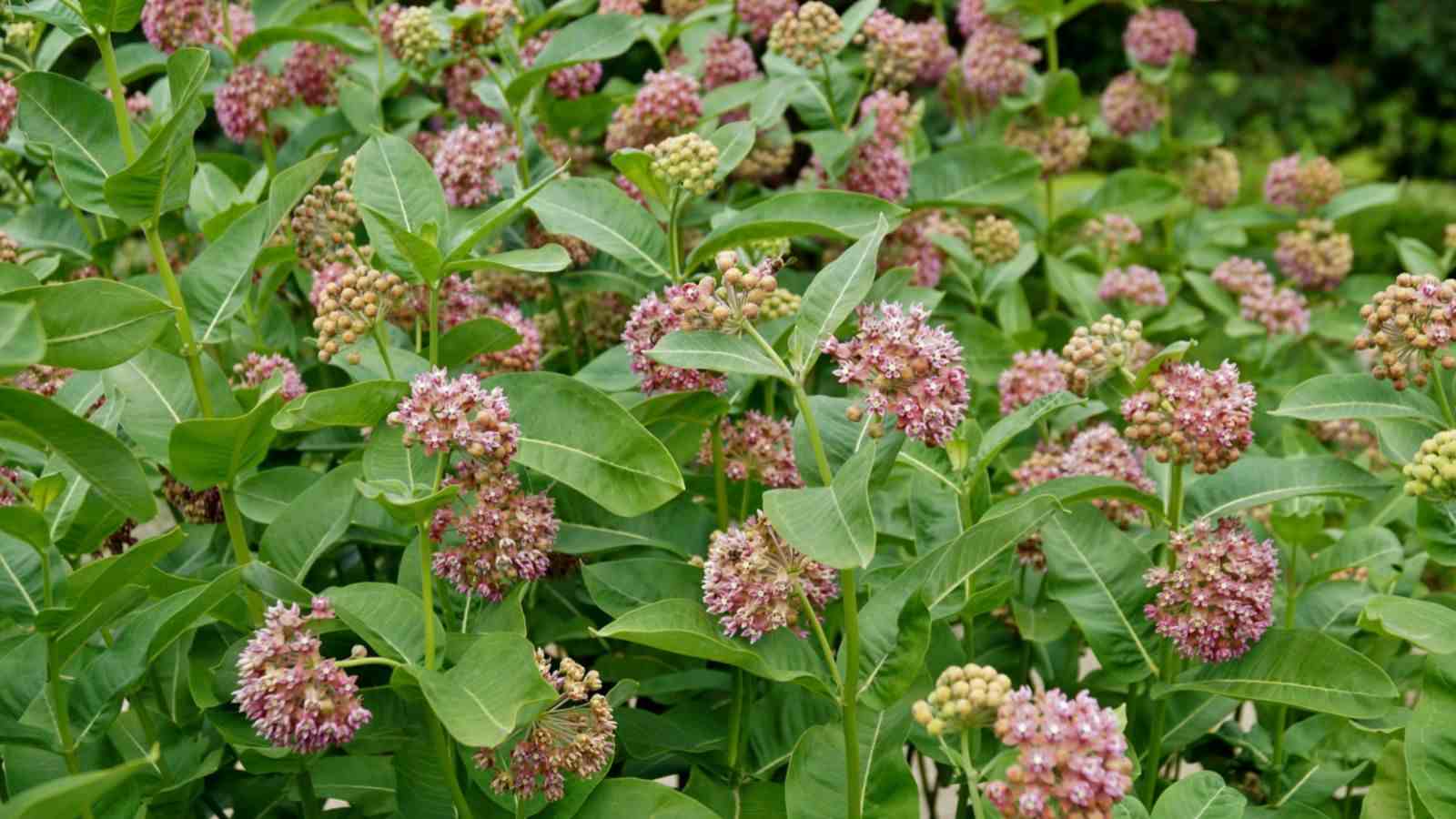[ad_1]
Milkweed crops, scientifically usually generally known as asclepias, are far more than solely a reasonably addition to your yard. They’re the lifeline for lots of of nature’s most beautiful and very important creatures.
These crops are the host plant for the long-lasting monarch butterflies, providing a safe haven for his or her eggs and a big provide of meals for the rising caterpillars.
Milkweeds moreover play a significant place in supporting a varied range of pollinators, from bees and wasps to hummingbirds and beetles.
Their vibrant orange or white flowers are a nectar-rich haven for these creatures, offering a provide of sustenance and shelter.
Nevertheless the widespread goodness of milkweed doesn’t stop there. They’re moreover the favored habitat for numerous completely different bugs, along with moths and aphids.
The plant’s distinctive building, with its thick, milky sap, moreover acts as a pure safety in direction of pests like ants and whiteflies.
Milkweeds aren’t solely useful for wildlife however along with your yard as an entire. They’re recognized to boost the final effectively being of your yard by attracting all types of useful bugs.
These crops are hardy and should thrive in quite a lot of conditions, from poor soils to dry, sunny spots. They’re moreover extraordinarily resilient, with deep root packages that help them withstand intervals of drought.
Whenever you’re fascinated by planting milkweeds in your yard, I’ve created a free planting info that options care concepts for healthful crops.
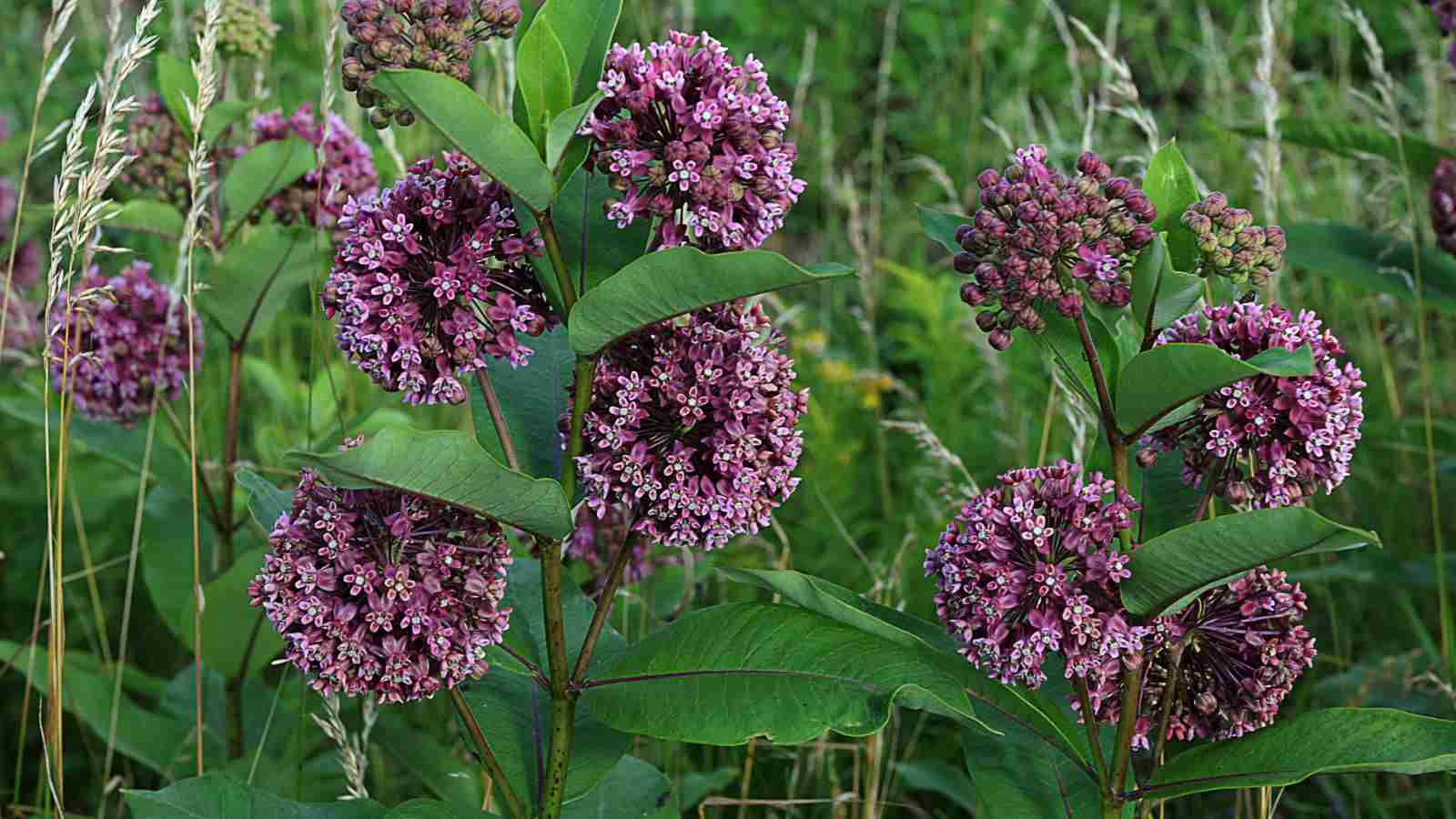
Botanical Title: Asclepias syriaca
Frequent Title: Frequent milkweed, milkweed
Family: Asclepiadaceae family
Plant Type: perennial herb
Hardiness Zones: 3-9 (USDA)
Photo voltaic Publicity: Full photo voltaic
Soil Type: Chalk, clay, loam, sand
Soil pH: Acidic, neutral
Bloom Time: June to August
Flower Coloration: Inexperienced, pink, white, and purple or lavender
Native Area: Jap United States, Southern Canada
Milkweed Plant Plant Care
Milkweed crops, belonging to the Asclepias genus, thrive in well-drained soils with common moisture, making them adaptable to every rich and poor soils.
For healthful crops, current a sunny spot in your yard and stay away from overwatering, which can lead to root system factors.
These crops are the host plant for monarchs and a nectar provide for numerous pollinators, along with bees, wasps, and hummingbirds, so planting them is a nice issue to your native habitat.
If aphids, whitefly, or completely different pests flip right into a precedence, encourage pure predators like ladybugs and lacewings or use a fragile insecticidal cleansing cleaning soap.
For additional care concepts, ponder downloading a free planting info, which provides specific advice on the completely completely different milkweed species and their distinctive desires.
Mild
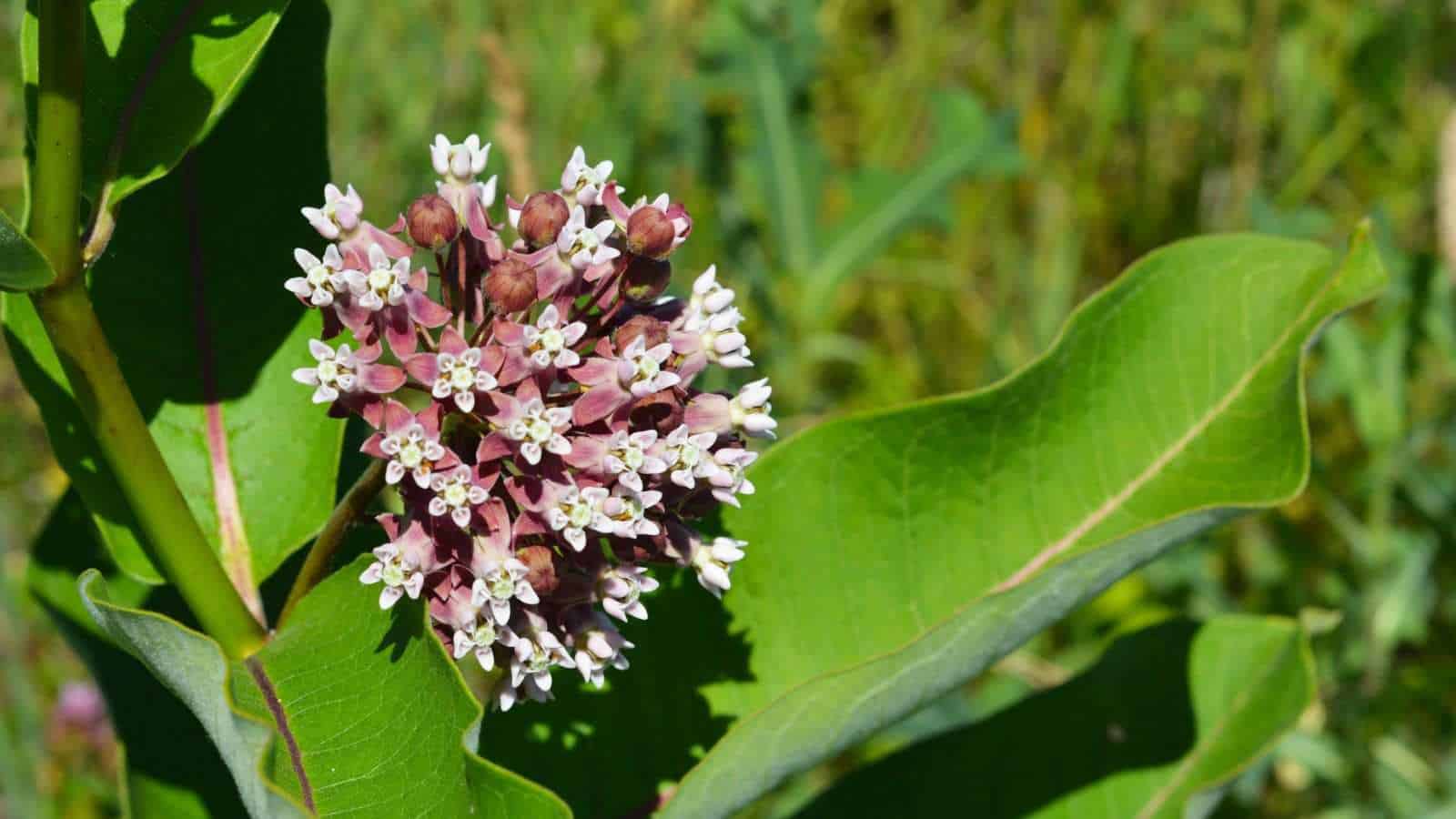
Milkweed crops are sometimes pretty simple to develop and protect, and their gentle requirements are comparatively versatile. However, for optimum progress and blooming, these good points need full daylight. This suggests they should receive at least 6 hours of direct, unfiltered daylight daily.
In a lot much less gentle, they might develop taller as they attain for the photo voltaic, becoming leggy and doubtlessly a lot much less hearty. Throughout the northern parts of their range, comparable to southern Canada, they’ll tolerate a little bit of sunshine shade.
Throughout the hottest areas, identical to the southern United States, they might revenue from some afternoon shade to help protect moisture and forestall stress on their root packages.
Soil
Milkweed crops are pretty resilient and should thrive in quite a lot of soil conditions, along with poor soils. They’re normally current in fields, alongside roadsides, and in numerous disturbed areas.
These host crops need well-draining soil, as their root packages can bear from excessive moisture, leading to root rot.
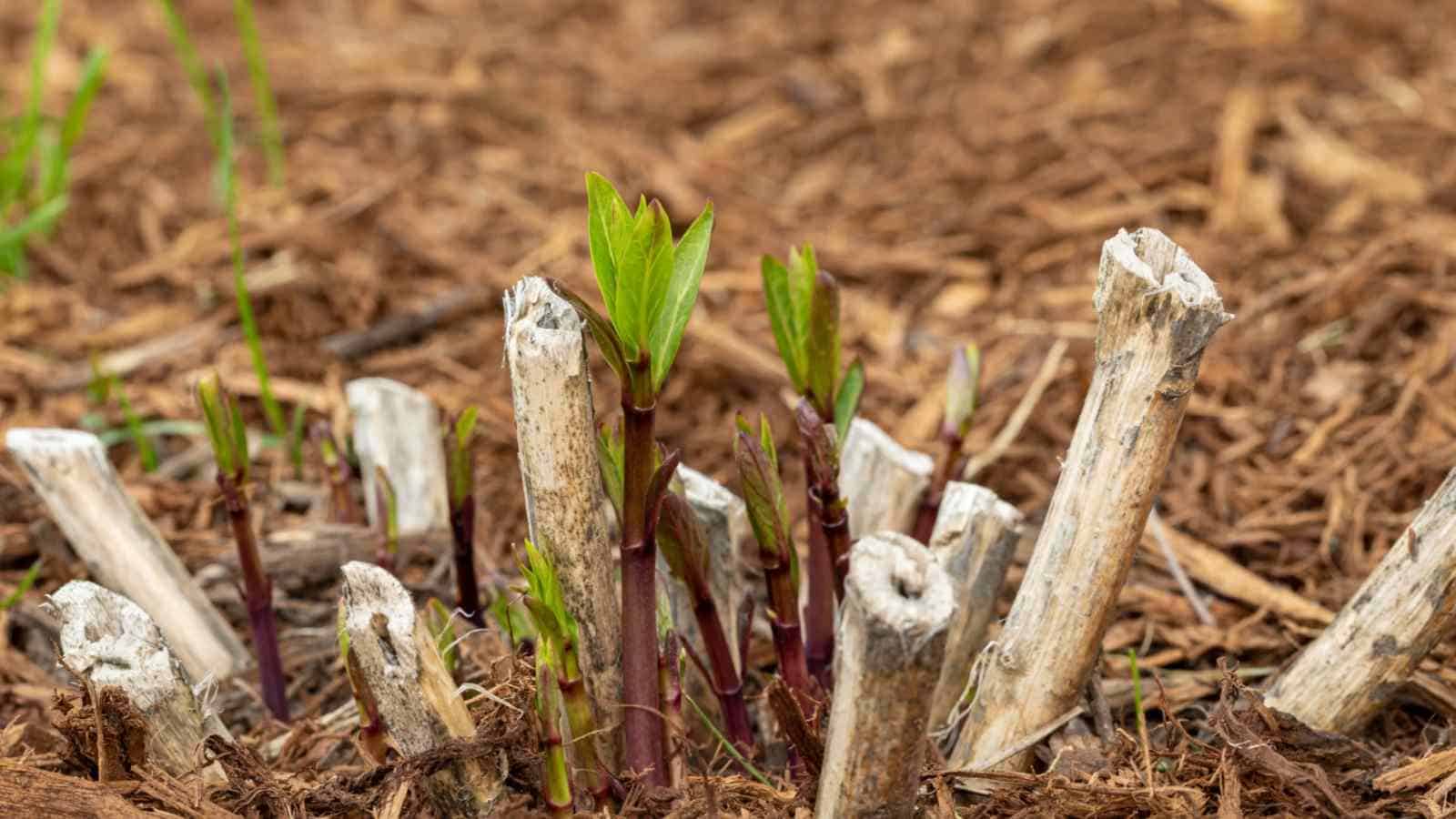
However, they’ll moreover tolerate dry conditions as quickly as established. Together with some pure matter to the soil could also be useful for the ultimate goodness of the plant, because it may probably help retain moisture with out inflicting waterlogging.
In southern Canada, the place the soil is also additional clay-like, the addition of sand or perlite can help in bettering drainage. Always be certain that the soil is free from any harmful chemical substances once you’re planting milkweed for the monarch larvae.
For additional detailed care concepts, you probably can receive our free planting info.
Water
Milkweed crops thrive in well-drained soil with common moisture ranges. Overwatering can lead to poor root packages, whereas underwatering could trigger the plant to wilt.
In habitats with poor soils or in areas of southern Canada, it’s important to amend the soil with pure matter to boost its water retention functionality.
All through dry spells, providing additional water can help protect the effectively being of the plant. However, it’s very important to not let the plant sit in standing water, as this may occasionally lead to root rot.
Temperature and Humidity
Milkweed crops are pretty resilient and should tolerate quite a lot of temperatures, from the heat of the southern United States to as far north as southern Canada. Most milkweed species are tailor-made to numerous soil varieties, along with poor soils, nevertheless they do require good moisture for healthful crops.
Asclepias syriaca, typically usually generally known as widespread milkweed, prefers full photo voltaic and well-drained soil.
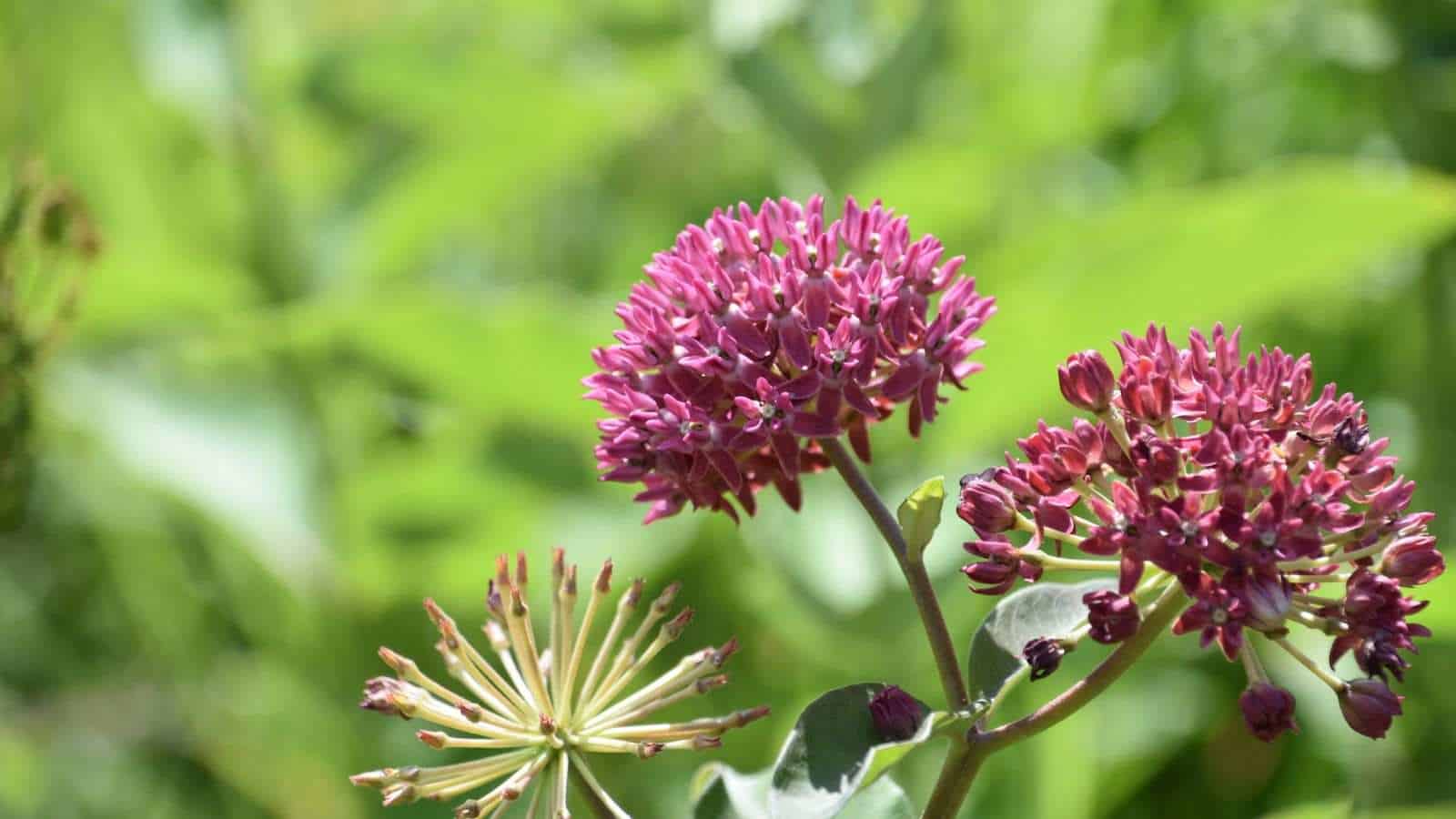
One of the best temperature for these milkweed species is between 70-82°F, nevertheless they’ll withstand temperatures exterior of this range with some care.
By the use of humidity, milkweeds aren’t notably demanding, nevertheless they do revenue from a common diploma of moisture inside the air and soil, notably by way of the scorching summer season months. Extreme humidity can also help to discourage pests like aphids and whitefly from infesting the crops.
Fertilizer
Milkweed species sometimes have low fertility requirements. Really, they thrive in poor soils, making them simple to handle.
Making use of a general-purpose, slow-release fertilizer in early spring can promote healthful plant progress. However, be cautious to not over-fertilize as this may occasionally lead to an abundance of leafy progress on the expense of seed pod manufacturing, which is essential for monarch butterflies.
A well-established milkweed plant with a strong root system can also successfully provide nutritional vitamins from the soil. As a result of this truth, sustaining good moisture ranges is often additional important than heavy fertilization.
Pruning
Milkweed crops require minimal pruning. After the monarch butterflies have migrated for the season, you probably can trim once more the stalks and stems to about 6 inches from the underside.
This helps protect the plant’s basic effectively being and prepares it for the next rising season. Concentrate on any monarch larvae or caterpillars nonetheless feeding on the plant, and stay away from pruning the parts they inhabit.
The seed pods of the milkweed species could also be pruned inside the fall after they’ve dried and break up open. This not solely tidies up the plant however as well as encourages the dispersal of seeds for the next period.
Overwintering
Milkweed species have specific overwintering desires. The seed pods must be allowed to mature and dry on the stalks to verify the seeds are ready for dispersal inside the coming seasons.
Leaving the stalks standing by winter provides habitats for numerous useful bugs, along with monarch larvae and eggs. Furthermore, these stalks can seize snow, providing much-needed moisture to the idea packages of the milkweed crops.
In spring, these overwintered stalks could also be scale back to make method for model new progress, contributing to the final effectively being of the milkweed and the ultimate goodness of your yard.
Types of Milkweed Plant
Frequent Milkweed (Asclepias syriaca): Frequent Milkweed is a favorite host plant for monarch larvae and a nectar provide for grownup monarchs and completely different pollinators. This milkweed species may also be a big part of the monarch butterfly’s habitat.
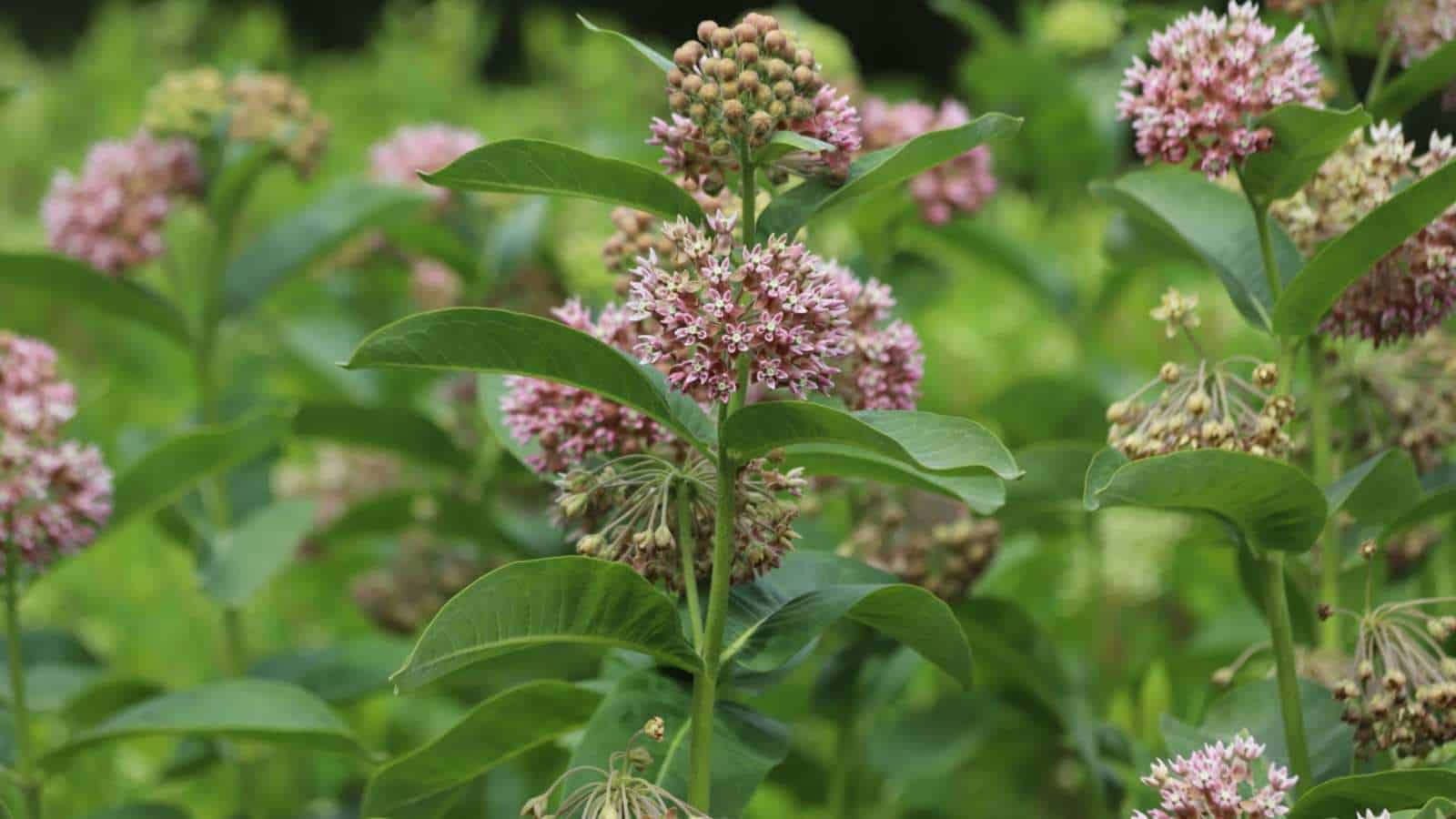
Swamp Milkweed (Asclepias incarnata): Swamp Milkweed is an efficient trying plant with pink (and customarily white) flowers that attraction to numerous pollinators, along with bees, butterflies, and hummingbirds. It’s a fantastic different for moist, rich soils and should tolerate periodic flooding.
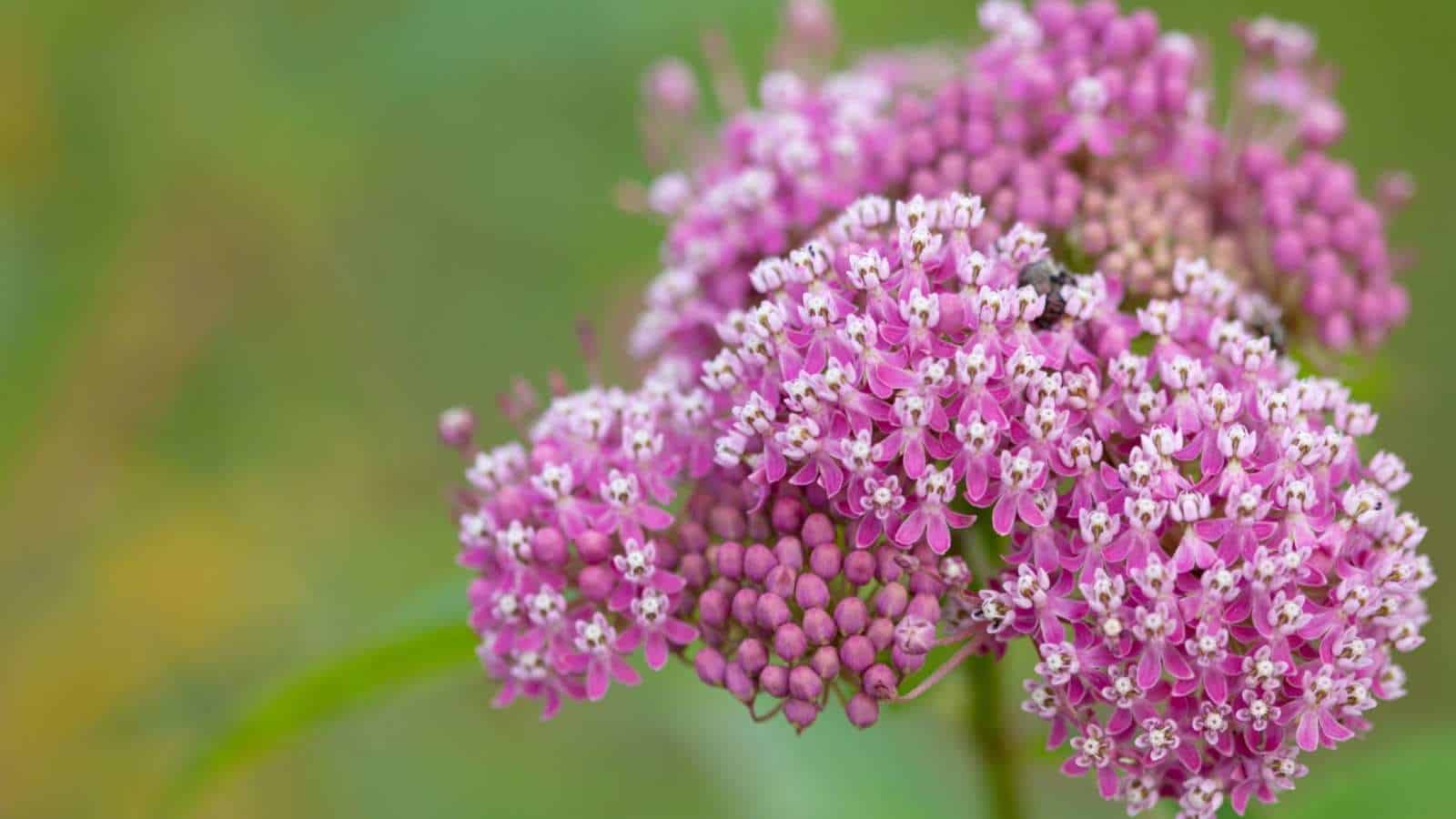
Butterfly Weed (Asclepias tuberosa): Butterfly Weed, usually generally known as Orange Milkweed, is a vibrant, orange-flowered plant that might be a magnet for pollinators, along with bees and butterflies. It is a invaluable nectar provide for monarchs and a quantity plant for his or her caterpillars.
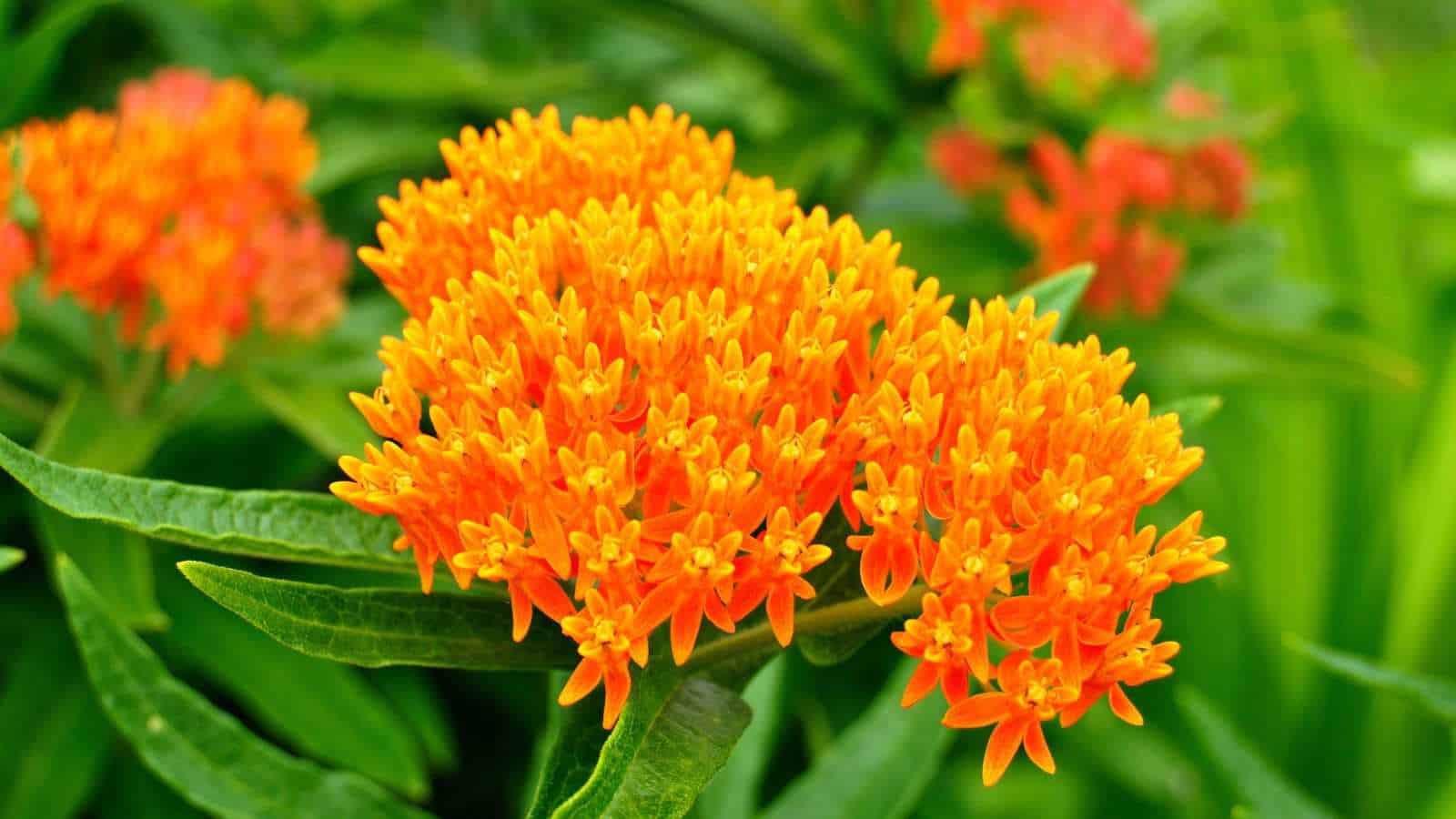
The best way to Plant Milkweed Plant From Seed
Step 1: Choosing Your Seeds
Milkweed species comparable to Asclepias syriaca are the best different for attracting monarchs, bees, and completely different pollinators to your yard. Seek for orange or white-flowered varieties in order so as to add a splash of coloration to your outdoors home.
Step 2: Preparing the Seeds
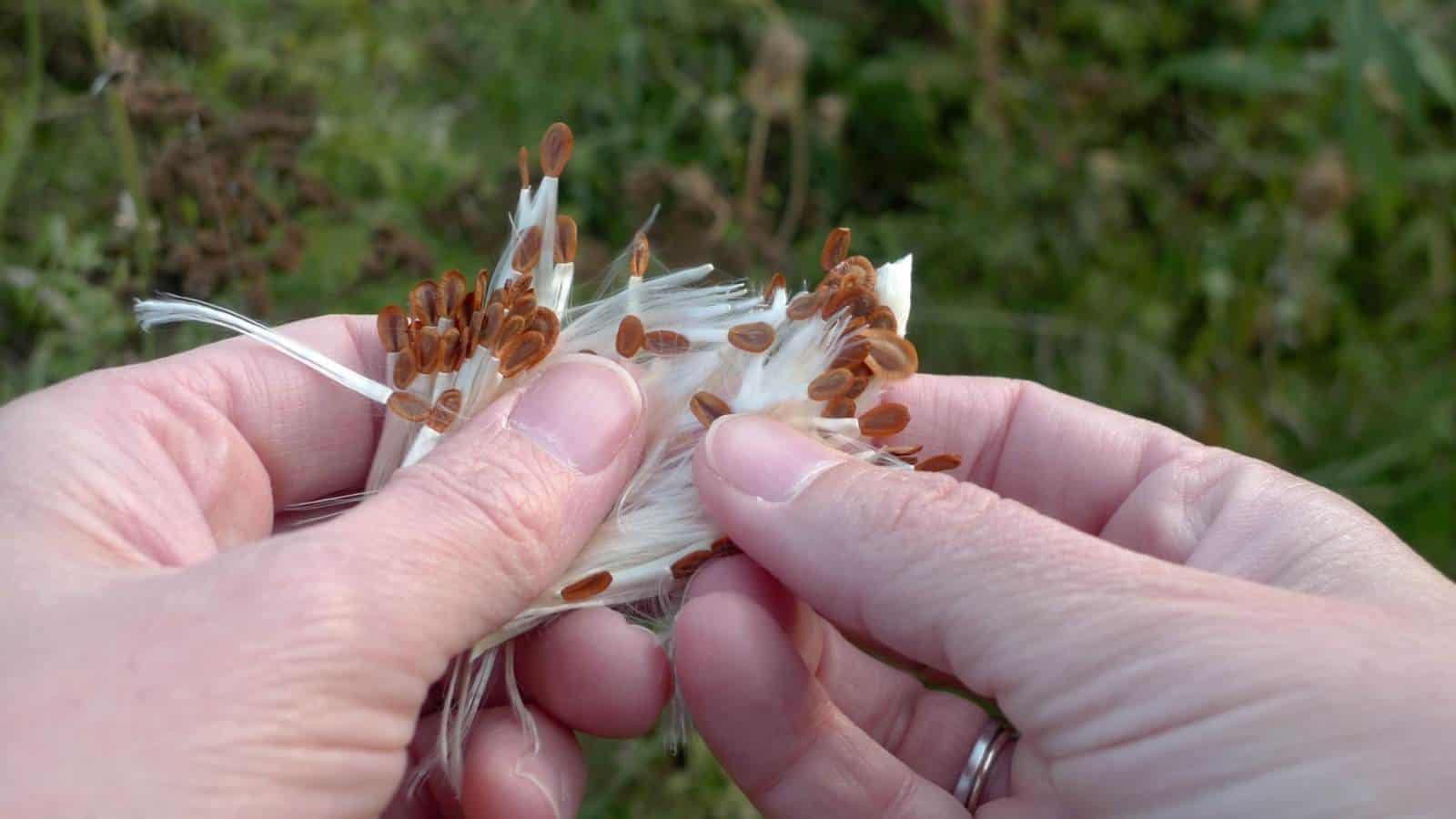
Milkweed seeds are encased in huge, pod-like constructions. Sooner than planting, it’s a superb suggestion to arrange the seeds by eradicating them from the pods. This can be achieved by gently breaking open the pods and extracting the seeds.
Step 3: Choosing the Correct Location
Milkweed crops are recognized for his or her talent to thrive in numerous habitats, from rich, moist soils to poor, dry ones. However, they do need a sunny location with well-draining soil.
Step 4: Planting the Seeds
When planting your milkweed seeds, keep in mind to cowl them with a thin layer of soil. Water the world gently to be sure that the soil is moist nevertheless not waterlogged.
Step 5: Caring for Your Vegetation
As quickly as your milkweed crops have germinated, they’re going to require minimal care. However, sustaining a tally of them for indicators of pests comparable to aphids, whitefly, or ants is on a regular basis a superb suggestion.
Step 6: Having enjoyable with the Outcomes
In a short time, your milkweed crops could be teeming with life, from the engaging flowers that attraction to hummingbirds and completely different nectar-loving creatures to the monarch larvae which will make the leaves of your crops their residence.
The best way to Propagate Milkweed Plant
Step 1: Harvesting the Seeds
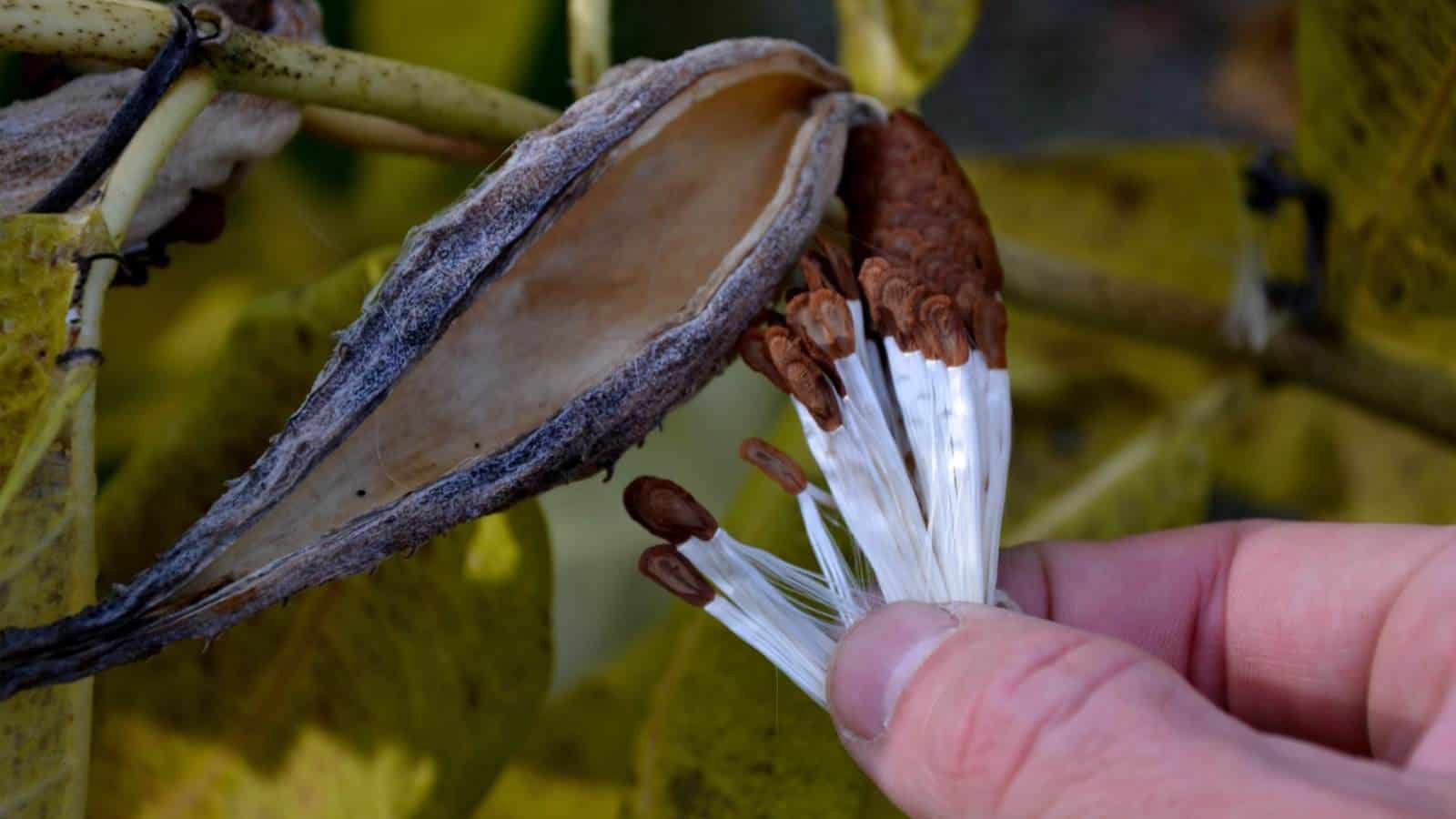
The 1st step in propagating milkweed crops is to collect the seeds from mature seed pods. Seek for pods which have turned brown and are beginning to separate open.
Fastidiously take away the pods from the stalks and place them in a paper bag to dry for only a few days. As quickly because the pods are dry, gently break them open to launch the seeds.
Step 2: Preparing the Planting Web site
Milkweed crops need full photo voltaic and well-drained soil, so choose a planting web site that receives at least 6 hours of daylight daily. Put collectively the soil by eradicating any weeds or particles and loosening it to a depth of 6-8 inches.
In case your soil is poor, ponder amending it with pure matter to boost its fertility and drainage.
Step 3: Planting the Seeds
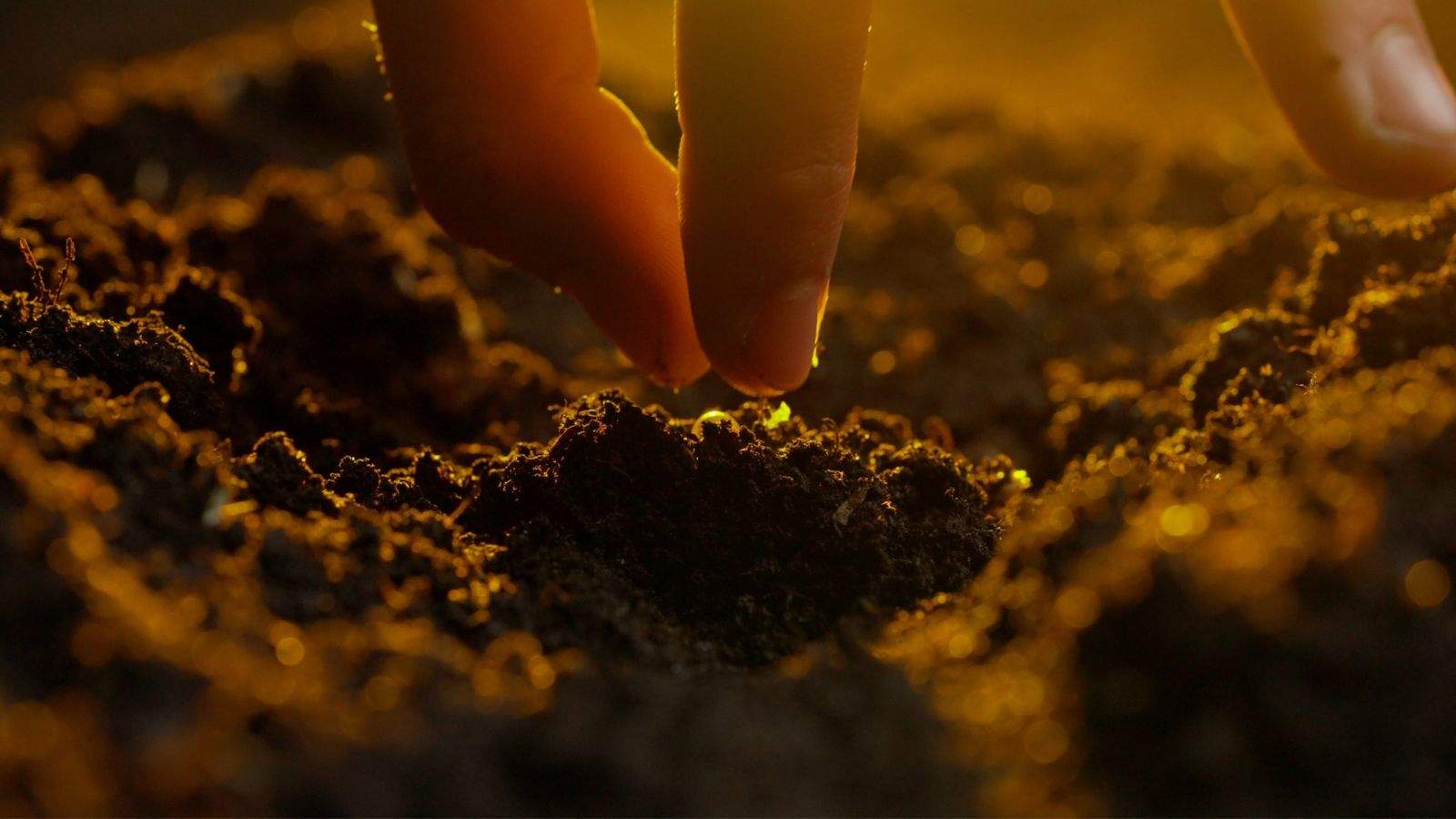
As quickly because the planting web site is prepared, it’s time to sow the milkweed seeds. Scatter the seeds evenly over the soil flooring, then cowl them with a thin layer of soil.
Water the seeds gently to settle them into the soil, then protect the world persistently moist until the seeds germinate.
Step 4: Caring for the Seedlings
After the seeds have germinated, proceed to take care of the soil evenly moist to help the growth of the seedlings. As quickly because the seedlings have developed various models of true leaves, skinny them to a spacing of 12-18 inches to allow for adequate air circulation and forestall overcrowding.
Milkweed crops are sometimes low-maintenance as quickly as established, nevertheless they might revenue from a lightweight utility of balanced fertilizer in early spring to help healthful progress.
The best way to Pot or Repot Milkweed Plant
Step 1: Deciding on the Correct Pot and Soil
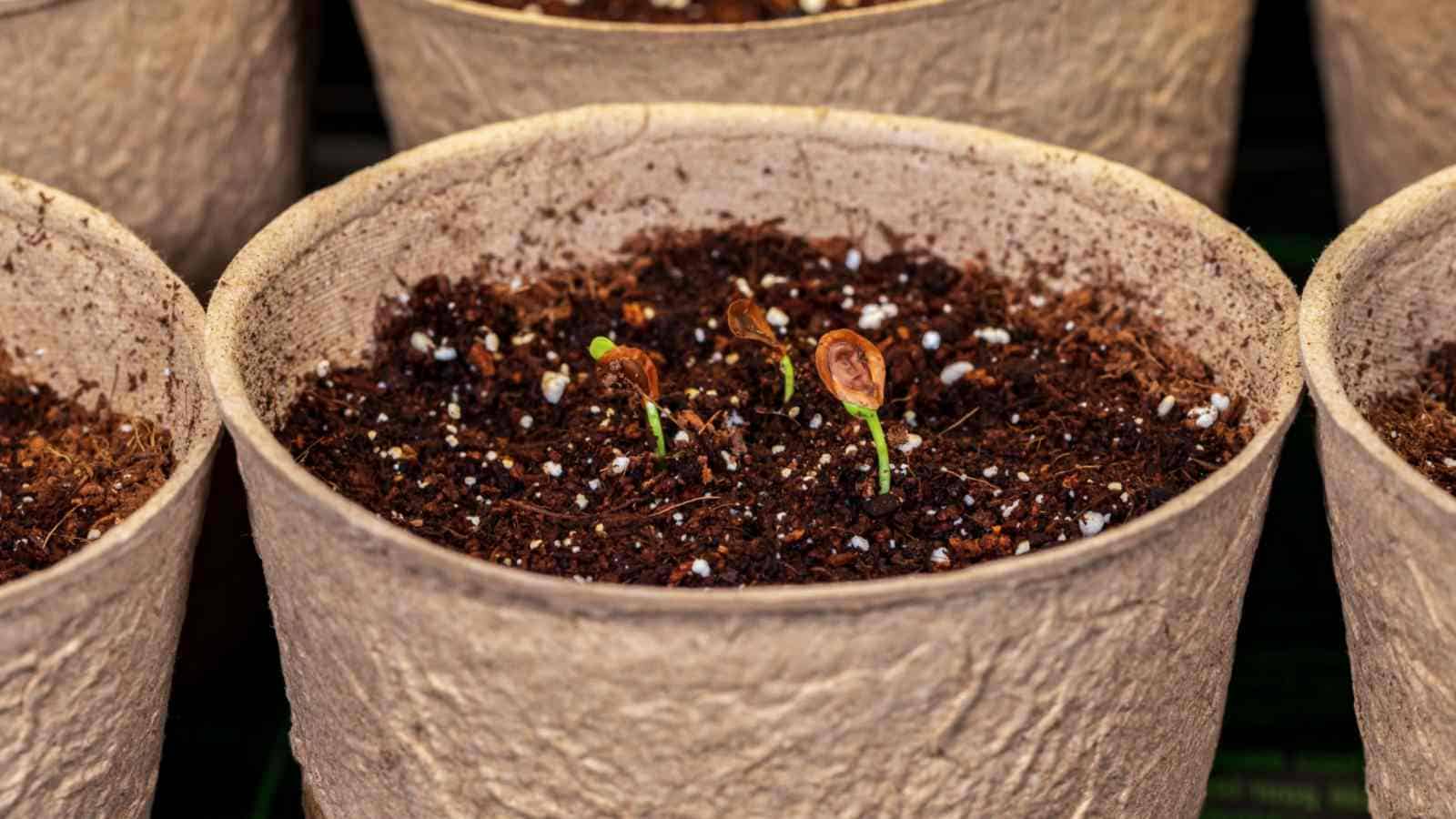
Selecting the best pot and soil is crucial for the effectively being of your milkweed crops. The pot must have good drainage to forestall waterlogging, which can lead to root rot.
Milkweeds aren’t very demanding when it comes to soil, nevertheless they do need well-draining, barely acidic soil. A mix of potting soil, perlite, and sand is sweet.
Step 2: Preparing the Milkweed Plant
Sooner than potting your milkweed, it’s a superb suggestion to water it utterly. It would help the plant retain moisture by way of the transplanting course of.
Whenever you’re re-potting an current milkweed, gently loosen the idea ball to encourage the roots to unfold out inside the new pot.
Step 3: Potting the Milkweed Plant
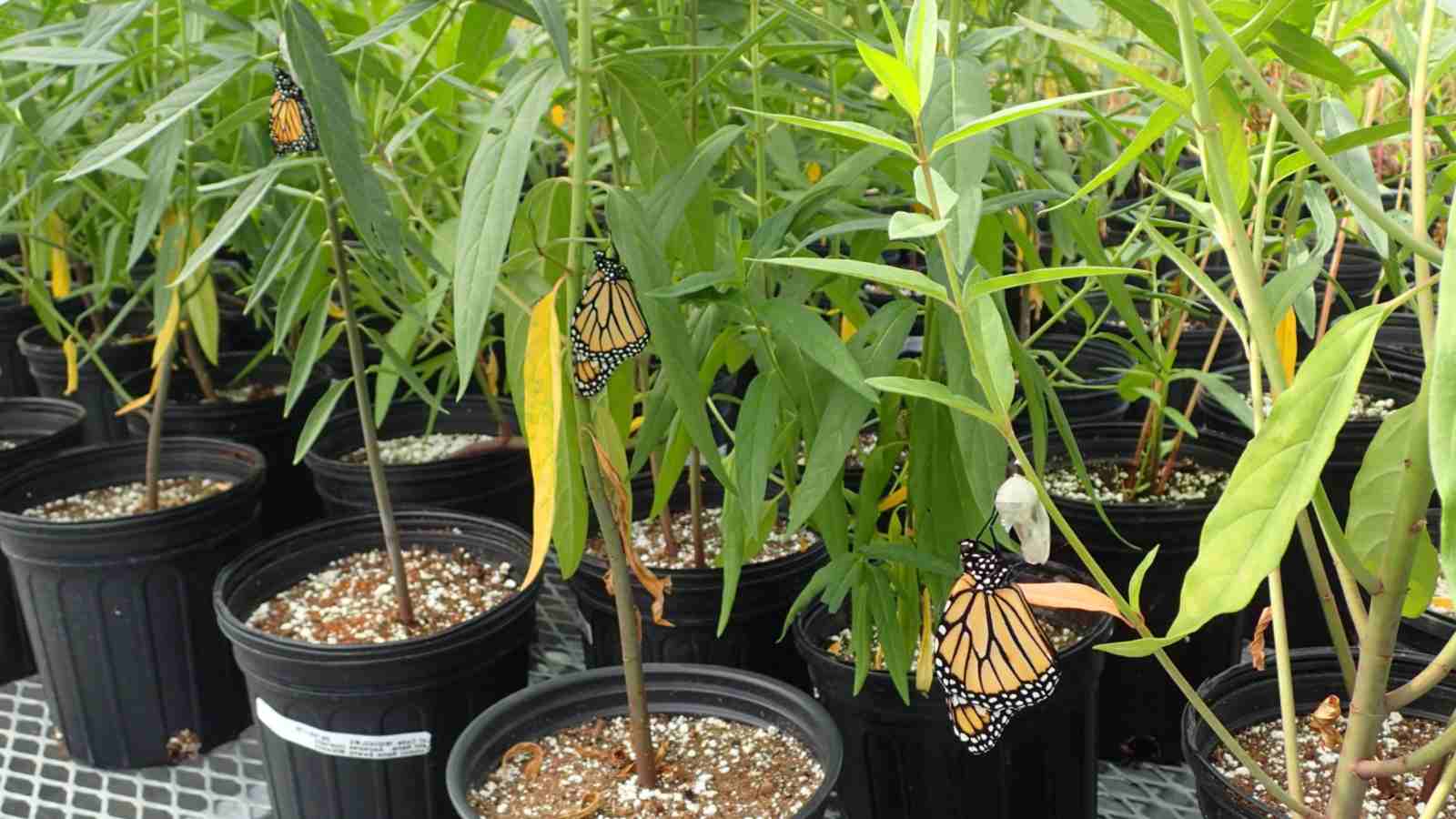
Make a spot inside the center of the potting mix that is barely larger than the idea ball of your milkweed plant.
Place the plant inside the hole and backfill with the potting mix, gently firming it down throughout the bottom of the plant. Water the plant as soon as extra to help settle the soil and provide moisture to the roots.
Step 4: Aftercare and Repairs
Place your potted milkweed in a sunny location and water usually to take care of the soil evenly moist. Protect a watch fastened out for any indicators of pests comparable to aphids, whitefly, or moths, and take relevant movement to take care of your plant healthful.
As your milkweed grows, you may need to re-pot it into a much bigger container to accommodate its rising root system. Widespread feeding with a balanced fertilizer can also help promote healthful progress and flower manufacturing.
Frequent Pests and Plant Diseases for Milkweed Plant
Aphids
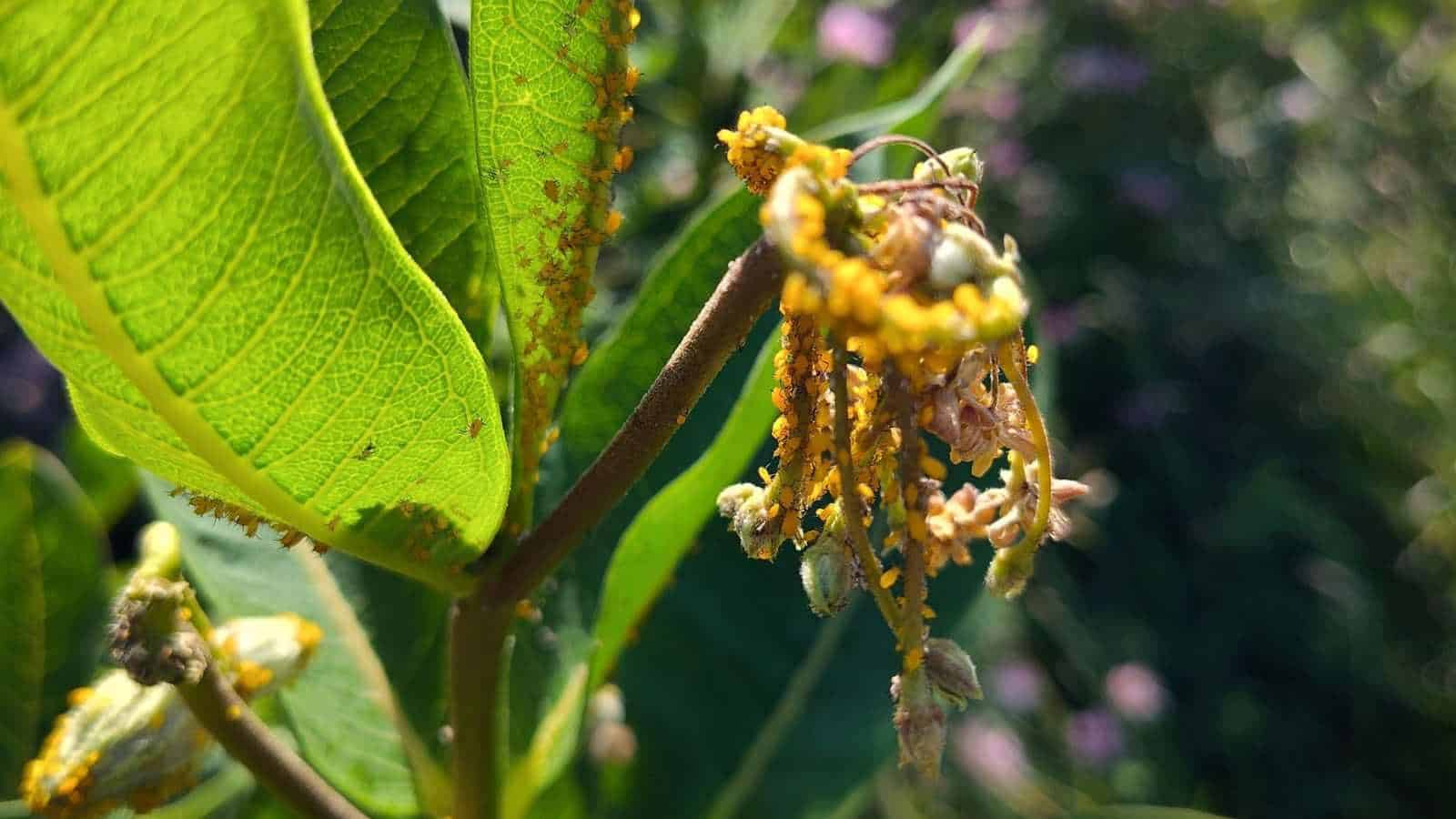
Aphids are small, soft-bodied bugs which will infest milkweed crops, notably the stems and undersides of leaves. They feed on the sap of the plant, which can lead to wilting and distortion of the leaves.
A heavy infestation can also set off a decrease in nectar manufacturing, doubtlessly impacting the plant’s talent to attract pollinators like bees and hummingbirds. Widespread monitoring and a strong stream of water can help deal with these pests.
Milkweed Bugs
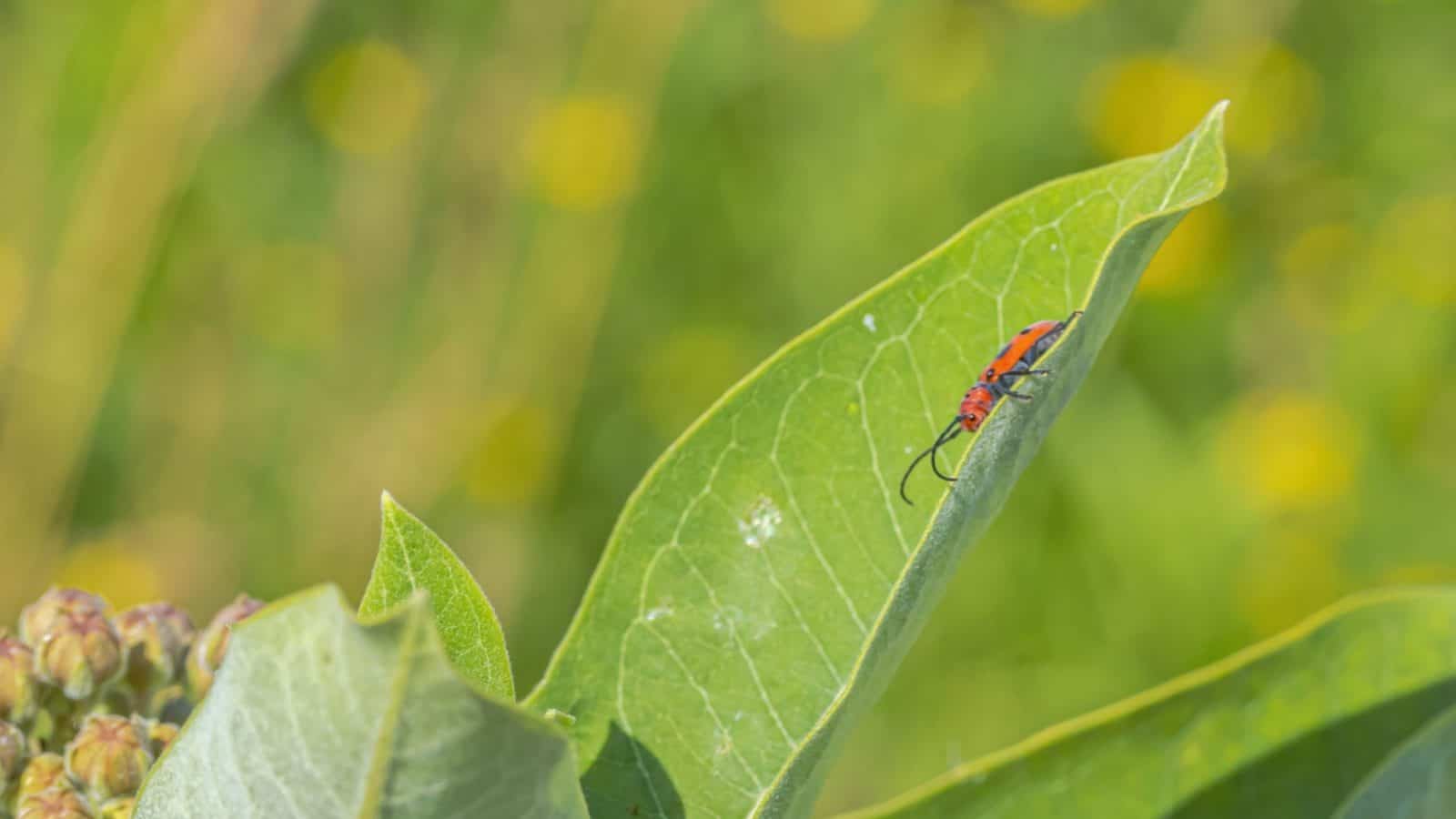
Milkweed bugs are one different widespread pest of milkweed crops. These orange and black bugs feed on the seed pods and should set off them to shrivel and switch into distorted. Whereas they sometimes do not set off very important damage to the final effectively being of the plant, a heavy infestation can have an effect on seed manufacturing.
Hand-picking or using a delicate insecticidal cleansing cleaning soap can help deal with these pests with out harming useful bugs like monarch butterflies and bees.
Milkweed Diseases
Milkweed crops could be inclined to some illnesses, along with white mildew and root rot. White mildew, attributable to a fungus, appears as a white, fluffy progress on the leaves and stems of the plant.
It would most likely lead to wilting and could also be notably harmful to monarch larvae, as they depend upon healthful crops as their host. Root rot, normally attributable to overwatering or poor soil drainage, can lead to the decay of the plant’s root system, resulting in wilting and yellowing of the leaves.
Making sure your milkweed crops are grown in well-draining soil and by no means overwatered can help forestall these illnesses.
Frequent Plant Points and Choices for Milkweed Plant
Brown Recommendations on Leaves
Whenever you uncover brown concepts in your milkweed leaves, it’s a sign of poor moisture ranges inside the plant.
Milkweeds, notably the Asclepias syriaca, require fixed moisture to handle healthful root packages.
To therapy this, assure your plant is getting ample water, notably all through dry intervals.
Yellowing Leaves
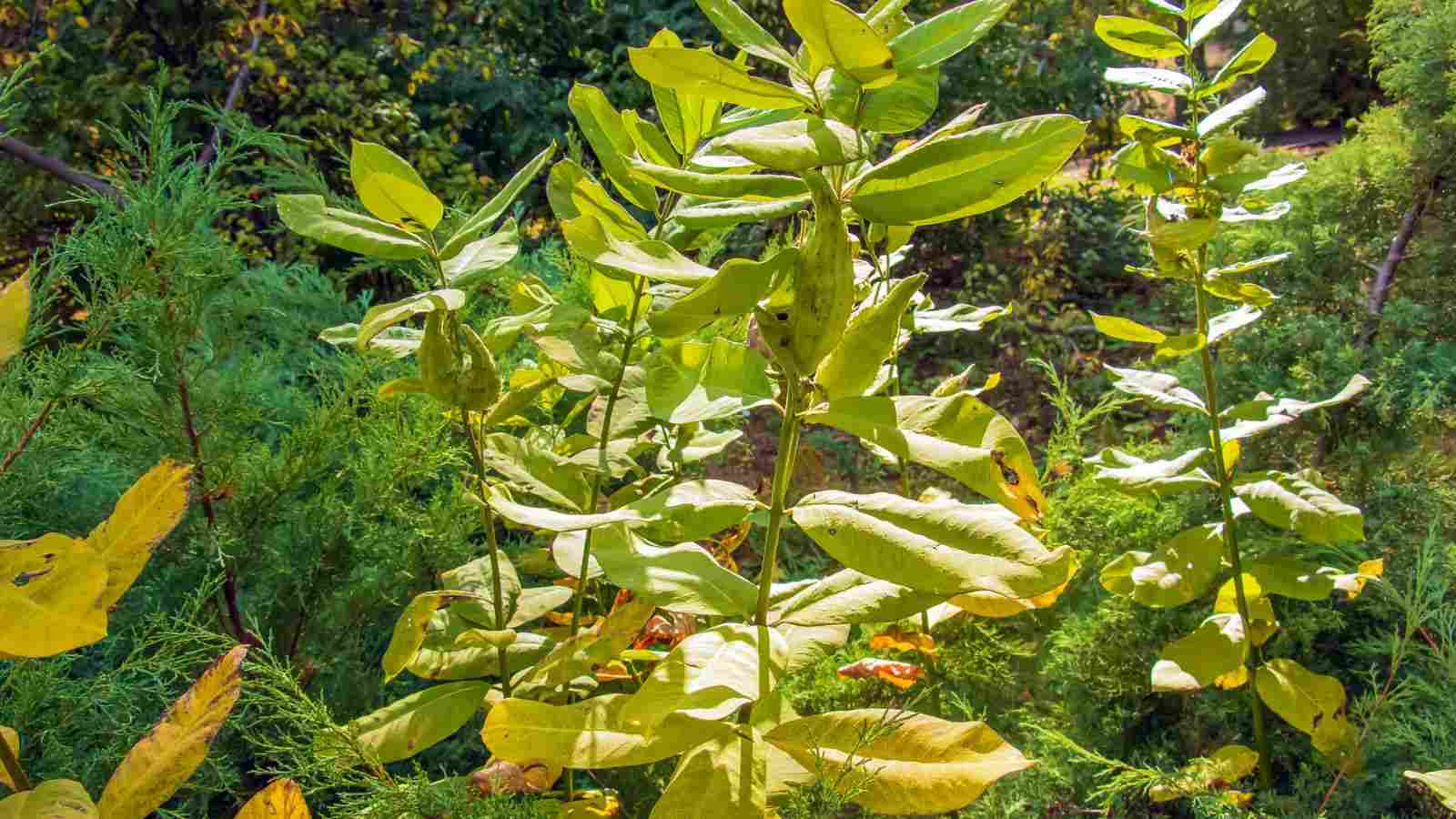
Yellowing leaves on a milkweed plant can normally be a sign of poor soils or over-fertilization.
Milkweeds sometimes need well-draining, nutrient-rich soil, nevertheless they’ll bear in overly rich or poor soils.
Modify your fertilization routine and assure appropriate drainage to revive the ultimate goodness of your plant.
Failure to Bloom
Milkweeds are recognized for his or her vibrant orange flowers that attraction to numerous pollinators, along with monarchs and bees.
In case your plant should not be blooming, it might be on account of an absence of daylight. Milkweeds thrive in full photo voltaic, so assure your plant is getting at least 6 hours of direct daylight daily.
In conclusion, by providing the very best care and addressing any factors promptly, you probably can have the benefit of healthful milkweed crops that perform invaluable habitats for numerous pollinators. For additional in-depth care concepts, keep in mind to acquire our free planting info.
Totally different Guides from Planet Pure:
If You Care About Your Yard You Fully Need To Entice These 12 Helpful Pollinators
25 Flowers That Entice Hummingbirds and Butterflies
19 Types of Wildflowers to Take into consideration Rising (And Why)
[ad_2]
Provide hyperlink
